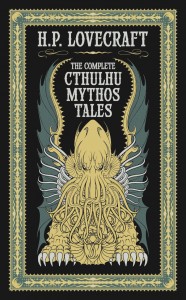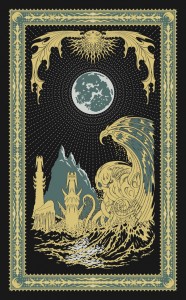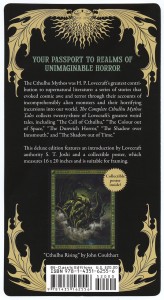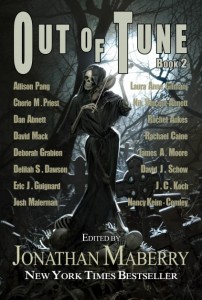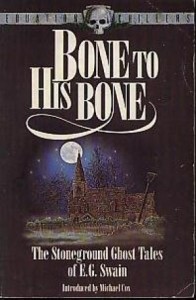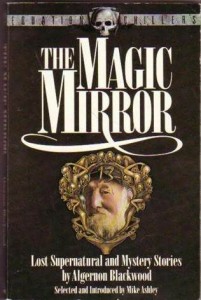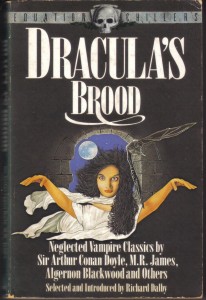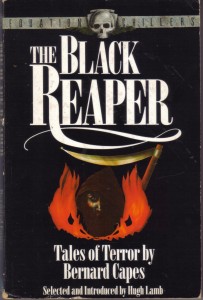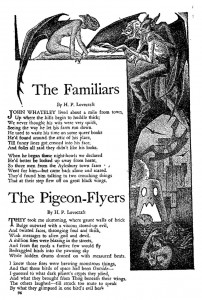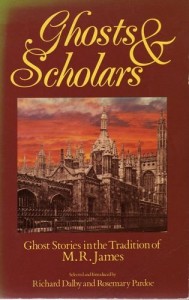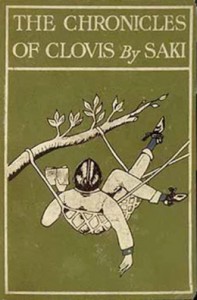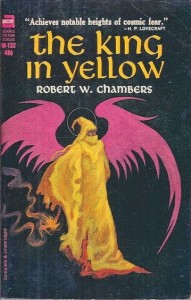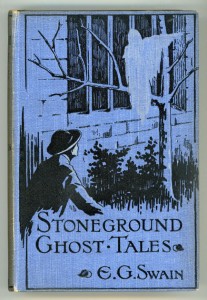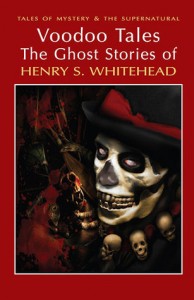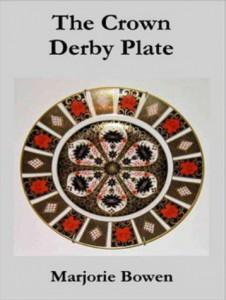We’re back, with bumper fun in the form of the wonderful Equation Chillers series, including Algernon Blackwood. We’re also going to enjoy the work of a couple of weird artists in the field – the renowned John Coulthart’s Lovecraftian art and the mysterious Boris Dolgov with his pulp illustrations from the forties and fifties.
We’ll start with John Coulthart, because we’ve been in touch with him recently. When we interviewed him at length on greydogtales at the end of last year (see john coulthart – axioms & other dark beasts), he alluded to various forthcoming projects, and two of these are here, or on their way soon.
The first is the new collection from Barnes and Noble, The Complete Cthulhu Mythos Tales by H P Lovecraft, a massive book of six hundred pages in their Collectible Editions line. As you might expect, it contains twenty three of those Lovecraft stories which relate to what later became a whole myth cycle (for which August Derleth is mostly to be praised or blamed). The book includes six collaborative “revisions”, and has an introduction by Lovecraft scholar S T Joshi.
Mostly importantly for us (we have read a lot of HPL already, after all), it has wonderful front and back covers, plus endpapers, by John.
We haven’t yet seen a UK distributor for this, but here’s the link to the US source:
cthulhu mythos- barnes and noble
Also worth a mention is John’s work for a new collection, Out of Tune Book Two, for which he has provided fifteen new illustrations. This is due to be published by JournalStone sometime soon.
####
Right, let’s go back a few years. Nearly three decades, in fact. One of our finds of the late eighties was the short-lived Equation Chillers series. Sadly, only eight books were ever produced directly under the imprint. We have battered copies of all of them which we bought at the time, thank goodness.
They were, in a way, the precursor of the Wordsworth Editions, where lost, rare or unusual stories of the supernatural suddenly became available at an affordable price. Equation revived a whole haunted house full of Victorian and Edwardian short stories, and it’s worth noting all eight volumes here, with the occasional comment from us.
1) THE FLINT KNIFE. Further Spook Stories by E.F. Benson
Selected and introduced by Jack Adrian (1988).
2) IN THE DARK. Tales of Terror by E. Nesbit
Selected and introduced by Hugh Lamb (1988).
(No, you’re right – we couldn’t find our copies of the two above to scan them. It’s that damned Magic Loft again…)
3) WARNING WHISPERS. New Weird Tales by A.M. Burrage
Selected and introduced by Jack Adrian (1988)
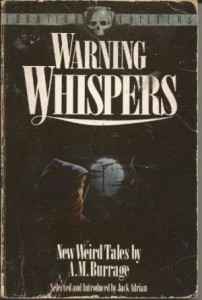
4) STORIES IN THE DARK. Tales of Terror by Jerome K. Jerome, Barry Pain, and Robert Barr
Selected and introduced by Hugh Lamb (1989)
An uneven but fascinating collection from the author of Three Men in a Boat and two of his friends and colleagues. Jerome and Barr founded The Idler magazine together in the late 19th century, though Barr is best remembered for his crime and detective novels. Pain was a writer and editor himself, producing a lot of non-supernatural work. Readers may already be familiar with his story The Undying Thing.
The Haunted Mill by Jerome himself is an especially wonderful example of his dry sense of humour.
5) BONE TO HIS BONE. The Stoneground Ghost Tales of E.G. Swain
Introduced by Michael Cox (1989).
We daren’t say much about this one, because we’ve often droned on about E G Swain being one of our favourite writers of the supernatural. Gentle, humorous and wonderful little stories with perfect characterisation, to be read again and again.
Uniquely, this volume not only reprinted the 1912 edition of The Stoneground Ghost Tales but included six stories by David Rowlands, excellent later pastiches of Swain’s content and style. Rowlands has also written many tales of his own, including those concerning “the endearing Father O’Connor, who is constantly brushing up against the supernatural and the uncanny in stories that range from the whimsical to the terrifying”.
6) THE MAGIC MIRROR. Lost Supernatural and Mystery Stories by Algernon Blackwood
Selected and introduced by Mike Ashley (1989)
An interesting and diverse collection, particularly as it includes a number of Blackwood’s tales for the BBC, including the text of the very first official radio ‘talk’, by Blackwood, from July 1934 – The Blackmailers. The BBC director responsible apparently commented “I don’t doubt that we shall have a good many letters from listeners saying that we are corrupting the youth of England with morbid fancies and distasteful subjects”.

Blackwood went on to make over sixty radio broadcasts, and you can listen to one of them here:
7) DRACULA’S BROOD. Neglected Vampire Classics by Sir Arthur Conan Doyle, M.R. James, Algernon Blackwood and Others
Selected and introduced by Richard Dalby (1989).
A most fine collection because Dalby deliberately avoided well-known or commonly anthologised tales. His choice of twenty three stories ranges from 1867 to 1940, and includes Mary E Braddon, Vernon Lee, Alice and Claude Askew, M R James and Frederick Cowles. Worth trying to find because of its range and the rareness of some of the stories.
8) THE BLACK REAPER. Tales of Terror by Bernard Capes
Selected and introduced by Hugh Lamb (1989).
After this the series folded, rather tragically. They had announced, but never released:
FEAR WALKS THE NIGHT. Tales of Terror by Frederick Cowles
To be selected and introduced by Richard Dalby.
Equation Chillers can still be found second hand. Amazon even has a few on offer through its marketplace dealers.
####
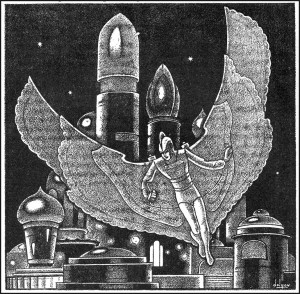
While musing on Blackwood and looking at related illustrations of his work, we were reminded of the artist Boris Dolgov. A New York artist, virtually nothing is known about him, not even the dates of his birth and (presumed) death.
 Dolgov produced seven (we think) covers for the magazine Weird Tales, and numerous interior illustrations, a few of which we’ve included in this post, from the mid-forties to the early fifites.
Dolgov produced seven (we think) covers for the magazine Weird Tales, and numerous interior illustrations, a few of which we’ve included in this post, from the mid-forties to the early fifites.
It is known that Dolgov was a friend of the artist Hannes Bok, and he collaborated with Bok a few times under the name Dolbokov. He also produced at least one book cover, that of A E Van Vogt’s 1952 book Destination: Universe!
You can see more of Dolgov’s work here:
And to close, a mention that Equation also produced the book Ghost and Scholars: Ghost Stories in the Tradition of M.R. James. This fine collection was not under the Chillers imprint, though. Selected and introduced by Richard Dalby (as mentioned above) and Rosemary Pardoe, this came out in 1989, and included an essay by MRJ, himself, “Ghosts–Treat Them Gently!”
“Following James’s lead, the writers represented here conjure up an ordered, placid world into which the supernatural–usually in malevolent form–slowly but surely intrudes itself.”
Unfortunately, this is now both hard to find and expensive. Bums.
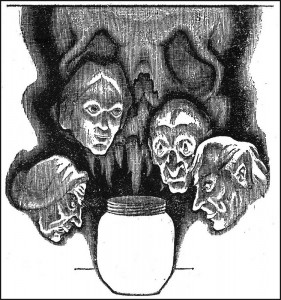
We’ll be back later in the week, dear listeners, with more weird fiction, weird art and even weirder lurchers…
